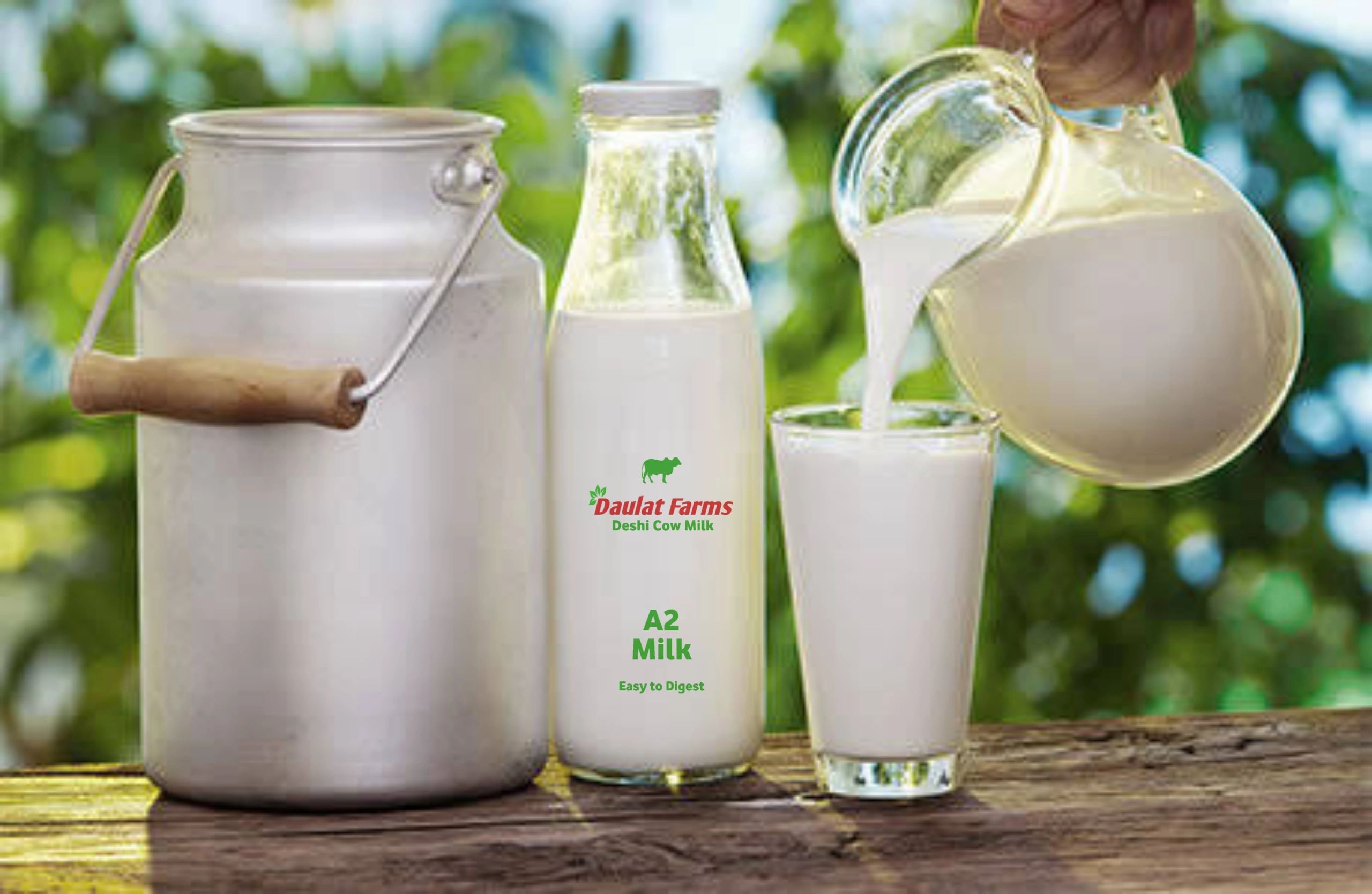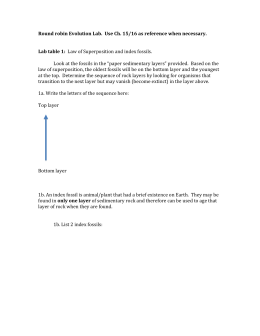

Mehl Miro Pastrnak Stephen William Santoro Zhiwen Zhang Current Assignee (The listed assignees may be inaccurate. ( en Inventor Peter Schultz Lei Wang John Christopher Anderson Jason William Chin David R. Google has not performed a legal analysis and makes no representation as to the accuracy of the status listed.) Granted Application number US11/978,156 Other versions US8173392B2 Google Patents In vivo incorporation of unnatural amino acidsĭownload PDF Info Publication number US20080227152A1 US20080227152A1 US11/978,156 US97815607A US2008227152A1 US 20080227152 A1 US20080227152 A1 US 20080227152A1 US 97815607 A US97815607 A US 97815607A US 2008227152 A1 US2008227152 A1 US 2008227152A1 Authority US United States Prior art keywords amino acid unnatural amino protein amino acids trna Prior art date Legal status (The legal status is an assumption and is not a legal conclusion. Google Patents US20080227152A1 - In vivo incorporation of unnatural amino acids This striking similarity in protein sequence and structure of the γ-globin genes reflect their concerted evolution from gene duplication and gene conversion.US20080227152A1 - In vivo incorporation of unnatural amino acids Also, a common polymorphism is found in the Aγ gene, where threonine ( Aγ T) replaces isoleucine ( Aγ I) at codon γ75 (HbF-Sardinia). A glycine codon is present in the 5′ or Gγ gene ( HBG2) and an alanine codon characterizes the 3′, or Aγ gene ( HBG1).

γ-Globin is the product of two nearly identical γ-globin genes. Γ-Globin chains differ from β-globin chains in either 39 or 40 amino acid residues, depending on whether a glycine or alanine residue is present at γ136. Structure of the γ-Globin Genes and γ-Globin

The observation that hemoglobin in newborns' erythrocytes was resistant to alkaline denaturation provided the first suggestion that a hemoglobin existed that differed from normal HbA. In this chapter we discuss the clinical and physiological attributes of HbF, HbA 2, embryonic hemoglobins, and their posttranslational modifications. Globin genes are discussed in Chapter 3, hemoglobin switching in Chapter 5, and the structure and function of hemoglobin in Chapter 6 and. All hemoglobins undergo posttranslational modifications forming minor hemoglobins. Hb Gower I (ς 2ε 2), Gower II (α 2ε 2), and Portland (ς 2γ 2) are found in the embryo, fetal hemoglobin (HbF α 2γ 2) is present mainly in the fetus but also in the embryo and adult, whereas HbA (α 2β 2) and HbA 2 (α 2δ 2) are seen primarily in adults. During development, humans express six different hemoglobin types, the products of eight different globin genes (Fig.


 0 kommentar(er)
0 kommentar(er)
